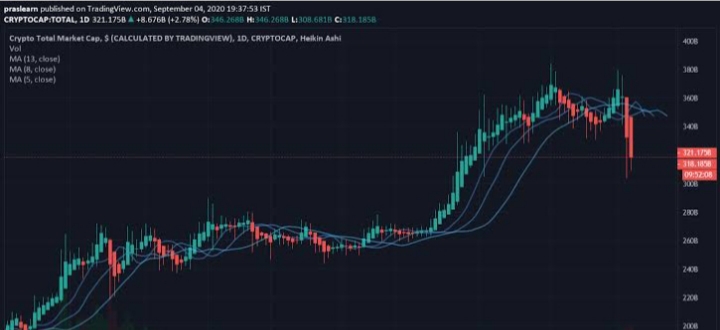Crypto Markets Analysis: Bitcoin, Ether Trading Activity Lessens as Investors Await FOMC’s Next Interest Rate Hike

Bitcoin and ether were trading around new areas of support; markets were quiet ahead of a likely 25 basis point rate increase.
After surging for three weeks to start the year, bitcoin and ether quieted down.
BTC, the largest cryptocurrency by market capitalization, has risen 6.4% in value over the past seven days, while ETH, the second-largest crypto, has dropped 1.2%. Both cryptos had risen more than 30% earlier in January.
BTC continues to outperform ETH on the year, with the ETH/BTC ratio down 5% year to date.
The more muted price movement suggests that investors remain cautious about riskier assets amid often conflicting signs about economic growth and inflation, including this week’s unexpectedly small increase in gross domestic product (GDP) and decline in jobless claims.
Momentum of both digital assets has also declined, according to the 14-day Relative Strength Index (RSI). Bitcoin’s RSI remains above 70, implying that it still resides in overbought territory. ETH’s RSI by contrast has fallen to 60.
Bitcoin appears to have support, albeit tenuous, near $22,800, while ETH’s support resides near $1,570.
The top performers over the last seven days were MATIC and LEO, up 12% and 10.4% respectively. ETC and ETH were the laggards, with ETC up 0.9.%.
Bitcoin has maintained a strong correlation to copper futures, with a coefficient of 0.89. Given copper’s role as a measure of economic health, this trend implies that investors and other observers of crypto markets are heavily weighing macroeconomic analysis.
Markets next week will be eyeing the Federal Open Market Committee (FOMC) interest rate decision, largely expected to be a 25 basis point (bps) increase
BTC’s correlation with the S&P 500 has waned slightly over the last week, declining to 0.69 from 0.89 on Jan 11. Its correlation with the tech-heavy Nasdaq Composite remains elevated at 0.89, underscoring the “bitcoin trades like a high-beta tech stock” narrative.
Meanwhile, bullish investors should be wary about the stablecoin supply ratio (SSR).
The SSR measures the ratio between the supplies of bitcoin and stablecoins. As stablecoins represent buying power, a reduction in the SSR implies that investors are sending stablecoins to exchanges, likely for the purpose of buying bitcoin.
Since Jan. 11, the SSR has increased 32%. So while BTC’s price has risen, investors do not appear to be sending stablecoins to exchanges en masse to add to long positions.














